Classic denim blue jeans have been a staple in the global fashion industry for over half a century – but their iconic color comes with a heavy environmental price.
Dyeing just a single pair of jeans involves thousands of liters of water. And the dye itself comes from synthetic indigo, which is made of a slew of toxic chemicals, including hydrosulfites, that are all later released into the environment via waterways.
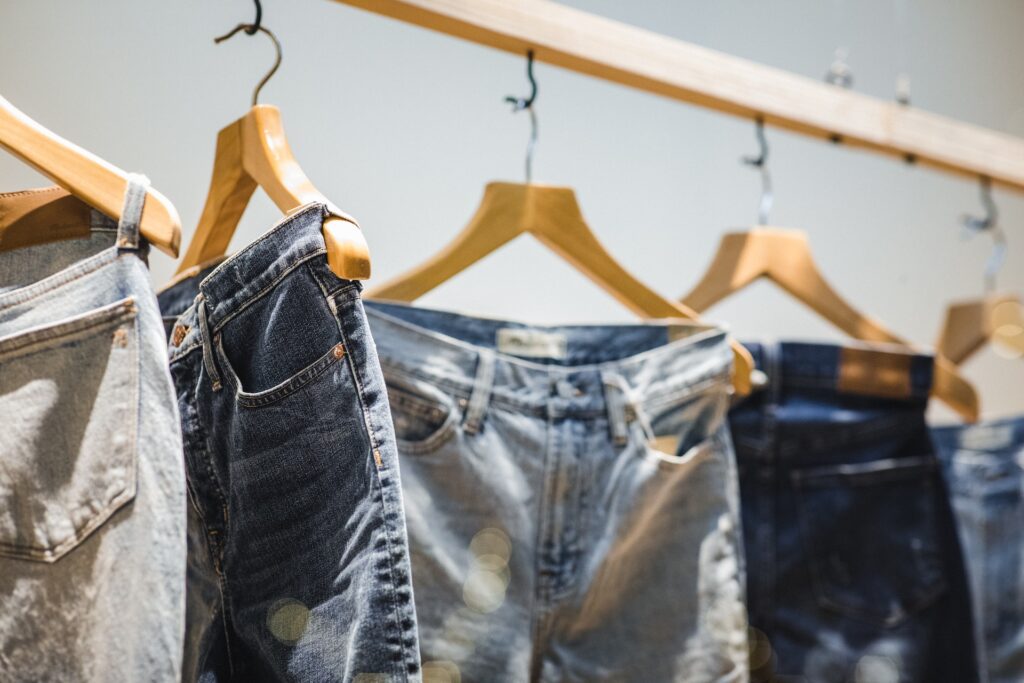
Israeli startup Sonovia has created a way to give blue jeans their quintessential color that both uses a non-toxic dye that is better for the environment and cuts water use by up to 85 percent.
“One of the most polluting processes in the world, across all industries, is textile dyeing,” Roy Hirsch, chief business officer at Sonovia, tells NoCamels. “It accounts for 20 percent of water pollution and three percent of global CO2 emissions.”
To color the yarn that will ultimately be woven into blue jeans, it normally needs to be fed through a series of rollers, which unwind it into long threads that are dipped in and out of special vats – tubs filled with 1,000 liters of water, chemicals and synthetic dye.
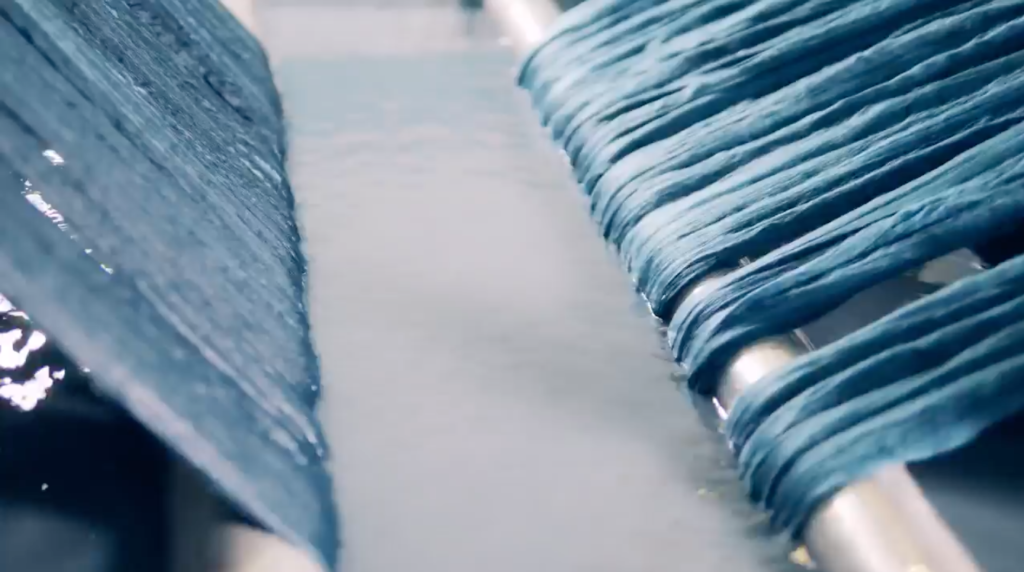
A pulley draws the threads out of the dye bath to dry before they are dipped in another identical vat. This process takes place 20 times, each time in a fresh vat, before the newly colored threads move on to the next stage of denim manufacture.
Sonovia, however, uses ultrasound waves that suddenly decrease the pressure of the fluid in the vat. This creates tiny bubbles – known as cavitation bubbles – that rapidly form and collapse, forcing extremely fast jet streams of the dye to coat the yarn.
And because the yarn is dyed in this more efficient way, the threads only need to be dipped a single time – far less than the industry standard of 20, explains Hirsch.
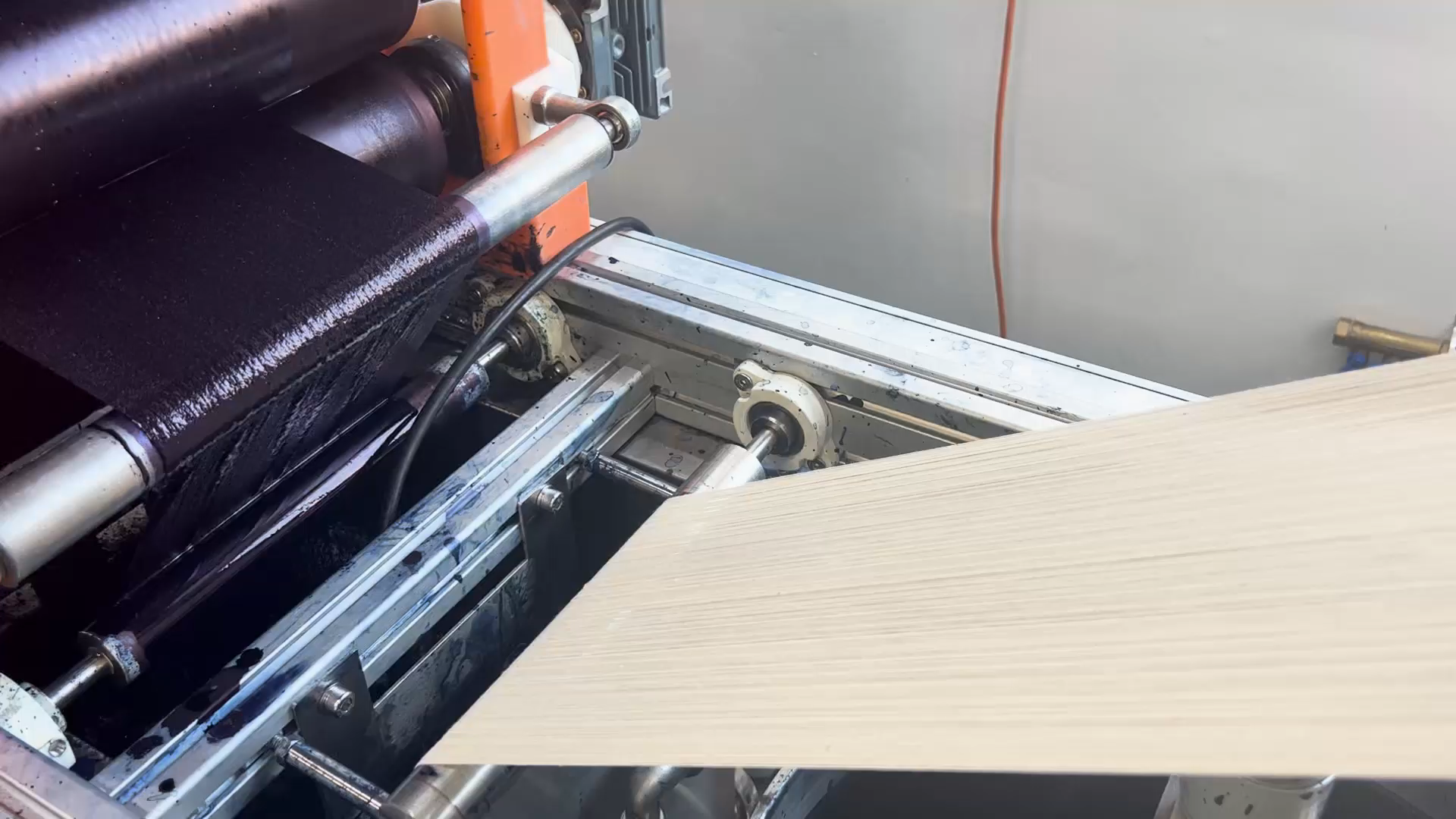
The startup developed its own non-toxic dye that combines with the water and the ultrasound waves in order to form these bubbles.
“With the special dye we’ve developed and the mechanical force of the ultrasonic impregnation, the process becomes much faster, and much more efficient,” Hirsch tells NoCamels.
Both innovations, he says, can be easily integrated with existing machinery that is used to dye yarn.
Sonovia is currently in the process of scaling up its technology by integrating it into the industrial production lines of Italian denim producer PureDenim.
The two companies recently signed an agreement with French luxury group Kering, owner of internationally known brands such as Gucci, Balenciaga and Alexander McQueen, to test Sonovia’s technology to create its denim products.
Sign up for our free weekly newsletter
Subscribe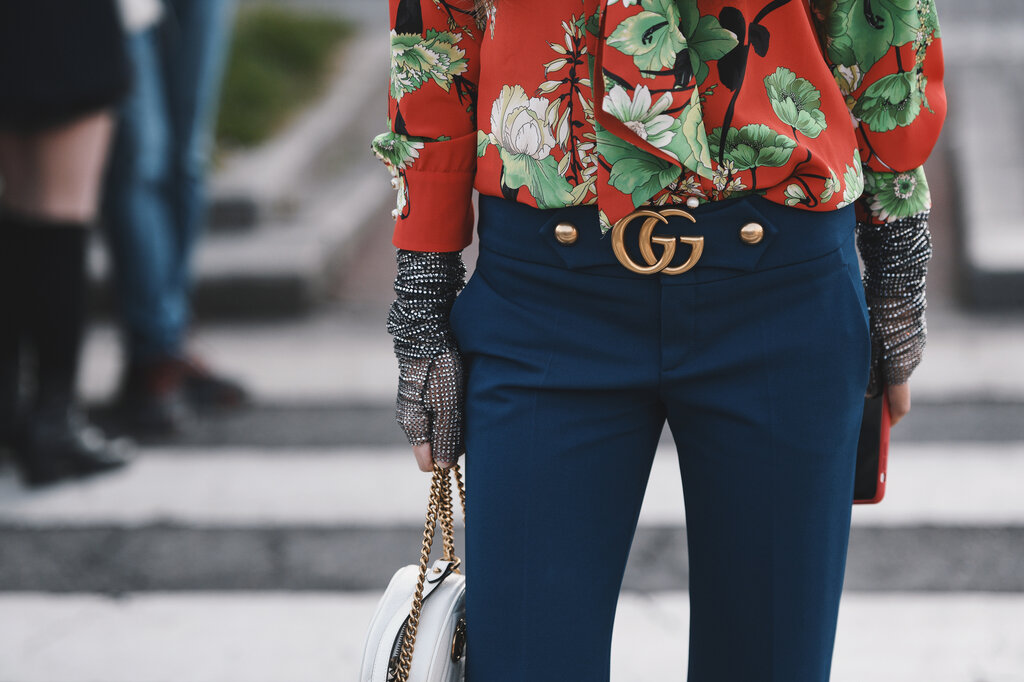
“The agreement will revolutionize the textile industry and increase sustainability in the fashion world,” Hirsch claims.
Sonovia’s ultrasound system aside, several other technologies have been developed to ease the environmental strain of dyeing yarn for denim.
The BLUEDYE machine, created by textile machinery manufacturer Karl Mayer, uses nitrogen technology to cut down on half of the chemicals used in dye vats.
Another machine uses foam instead of water to uniformly dye the yarn, which also reduces the amount of chemicals and water needed to produce denim’s ubiquitous color.
But Hirsch says that these methods involve far more upheaval than the Sonovia system.
“In our case, we can integrate the technology easily into existing lines, and the cost is maybe a few hundreds of thousands of dollars,” he says. “That’s massively cheaper than the cost of alternative technologies, which can be in the millions.”
The startup was initially established in 2013 in order to solve the problem of hospital-acquired infections, which causes one in every 31 patients in the United States to fall ill. It first used its ultrasound technology to embed textiles with metal oxides to kill and slow the spread of bacteria and viruses.
The Ramat Gan-based company has since pivoted the development of its technology to address the significant environmental impact of the fashion industry.
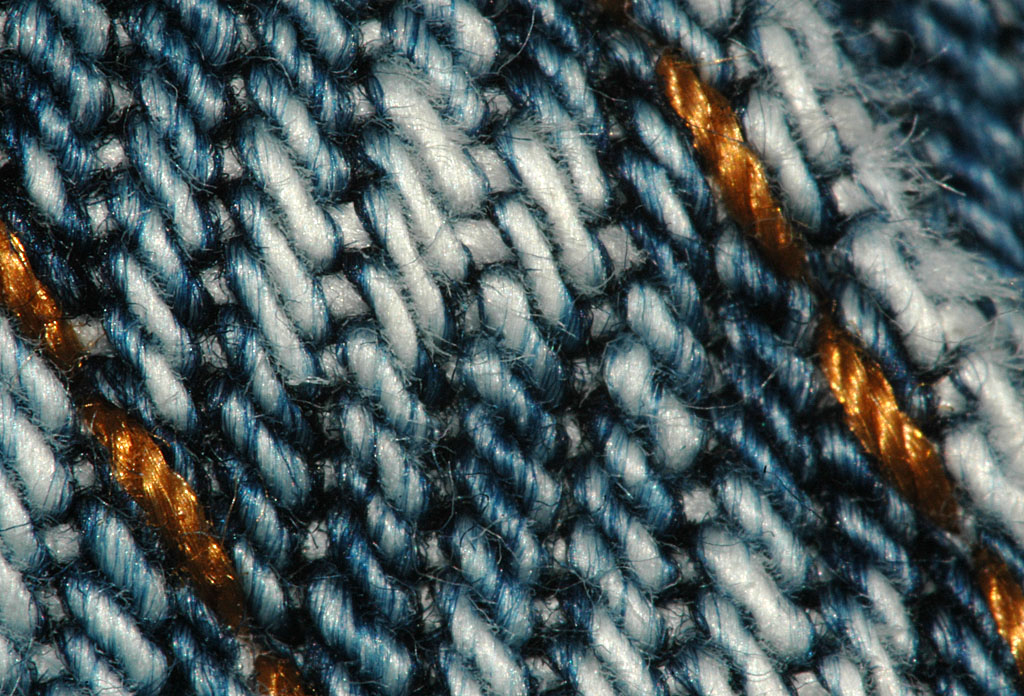
Sonovia’s next step, once its denim-dyeing solution becomes commercially available, is to alter its technology so it can be used for the pigments that color sportswear and activewear.
“The vision of the company is not to stop with indigo dye, but to cover the entire dyeing spectrum… to really cater to the entire fashion industry,” says Hirsch.
“It’s not going to happen in a day,” he says. “Indigo dye is just the beginning.”
Related posts

Resilient And Nutritious New Plant-Based Milk Aims To Make A Splash

Chocolate From Cultivated Cocoa Comes Without Environmental Toll

Plastic Fantastic: Startup Takes PVC Back To Its Crude Oil Roots


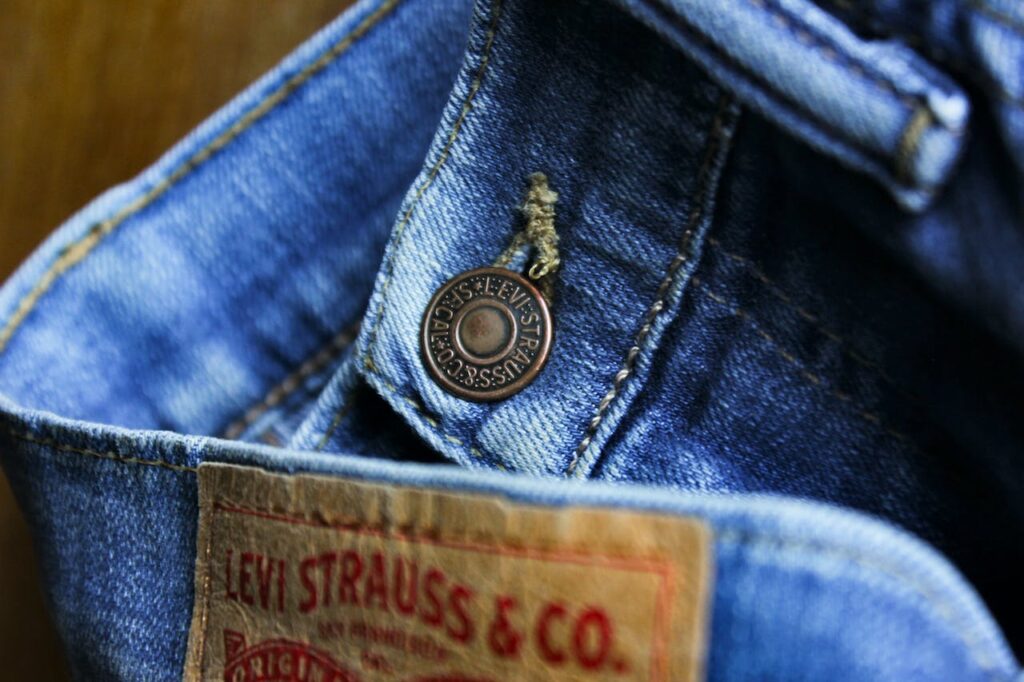

Facebook comments